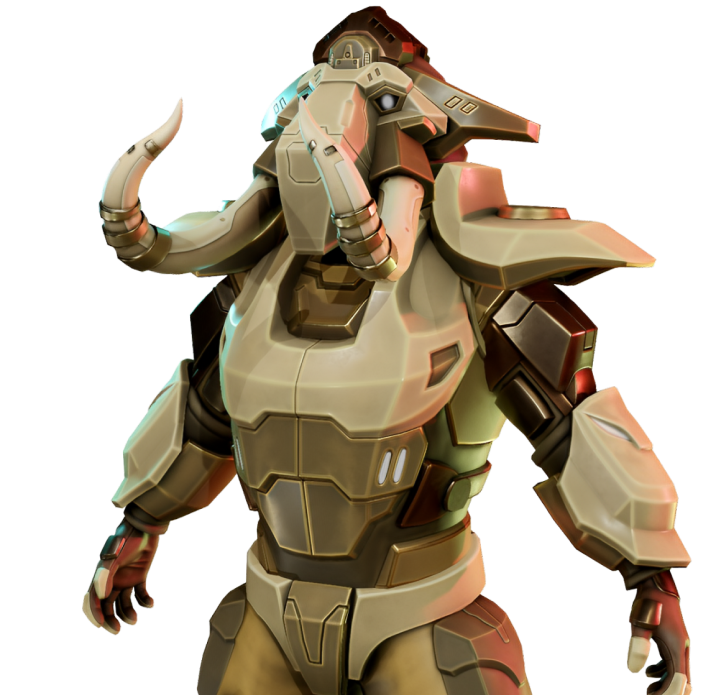In the world of AAA game development, players expect more than functional gameplay—they crave believable, emotionally resonant characters. From iconic heroes to memorable villains, great game character design is essential to crafting unforgettable gaming experiences.
But creating a fully realized character in a blockbuster title is no small feat. It’s a complex, collaborative process that transforms a simple idea into a living, breathing presence on screen. Here’s a look behind the curtain at how game character design evolves from concept to animation in AAA games.
1. Concept Art: Laying the Foundation
Every great character begins with a strong concept.
-
Art Directors and Narrative Designers collaborate to define the character’s role, personality, and backstory.
-
Concept Artists explore these ideas through sketches, mood boards, and silhouette studies.
Key considerations include:
-
Visual style (realistic, stylized, hyper-real)
-
Silhouette and readability (instantly recognizable shapes)
-
Color palette (symbolism, team identification, mood)
-
Cultural influences and authenticity
At this stage, iteration is critical—hundreds of variations may be explored before arriving at the right visual identity.
2. Modeling & Sculpting: Bringing Concepts into 3D
Once approved, concept art moves to the 3D pipeline:
-
Character modelers build high-resolution sculpts using tools like ZBrush.
-
Detailed textures (skin pores, clothing fabrics, wear & tear) are crafted using Substance Painter and other texturing tools.
-
Artists optimize geometry for real-time rendering, ensuring performance efficiency without sacrificing visual fidelity.
In AAA game character design, attention to detail is everything—eyelashes, stitching, subtle facial imperfections all contribute to believability.
3. Rigging & Skinning: Preparing for Animation
Before a character can move, it needs a skeleton:
-
Technical artists create rigs—a hierarchical structure of bones and joints.
-
Skinning ensures that the 3D mesh deforms naturally when animated, avoiding distortions.
For facial animation, advanced rigs often include:
-
Blendshapes for nuanced expressions
-
Muscle simulations for realistic facial movement
-
Lip-sync systems for dialogue integration
A well-rigged character is a critical foundation for high-quality animation.
4. Animation: Breathing Life into Characters
With the rig in place, animators take over:
-
Keyframe animation is used for stylistic or exaggerated actions.
-
Motion capture is often employed for realistic body and facial movements in AAA games.
The goal is to translate the character’s personality into performance:
-
How do they walk? Are they confident or hesitant?
-
How do they react in combat—calculated or aggressive?
-
How do subtle expressions support the narrative in cutscenes?
Animation makes the character feel alive and reactive in the player’s hands.
5. Iteration & Polish: The Final Touches
Before shipping, game character design goes through extensive iteration:
-
Feedback from art directors, narrative teams, and gameplay designers ensures alignment with the game’s vision.
-
Animators fine-tune timing, weight, and subtle gestures.
-
Technical artists optimize performance and test compatibility across platforms.
Visual effects (VFX), audio cues, and contextual animations (dynamic reactions to gameplay situations) further enhance character immersion.
In AAA game character design, creating a standout character is a meticulous process that blends art, technology, and storytelling. From the first pencil sketch to the final animated performance, each step requires deep collaboration and craftsmanship.
The result? Characters that players remember long after they’ve put down the controller—icons that define a game, a franchise, or even a generation of gaming.
As tools evolve and player expectations rise, the art of game character design will continue to push boundaries—offering ever more immersive, emotionally engaging experiences.





Leave a comment